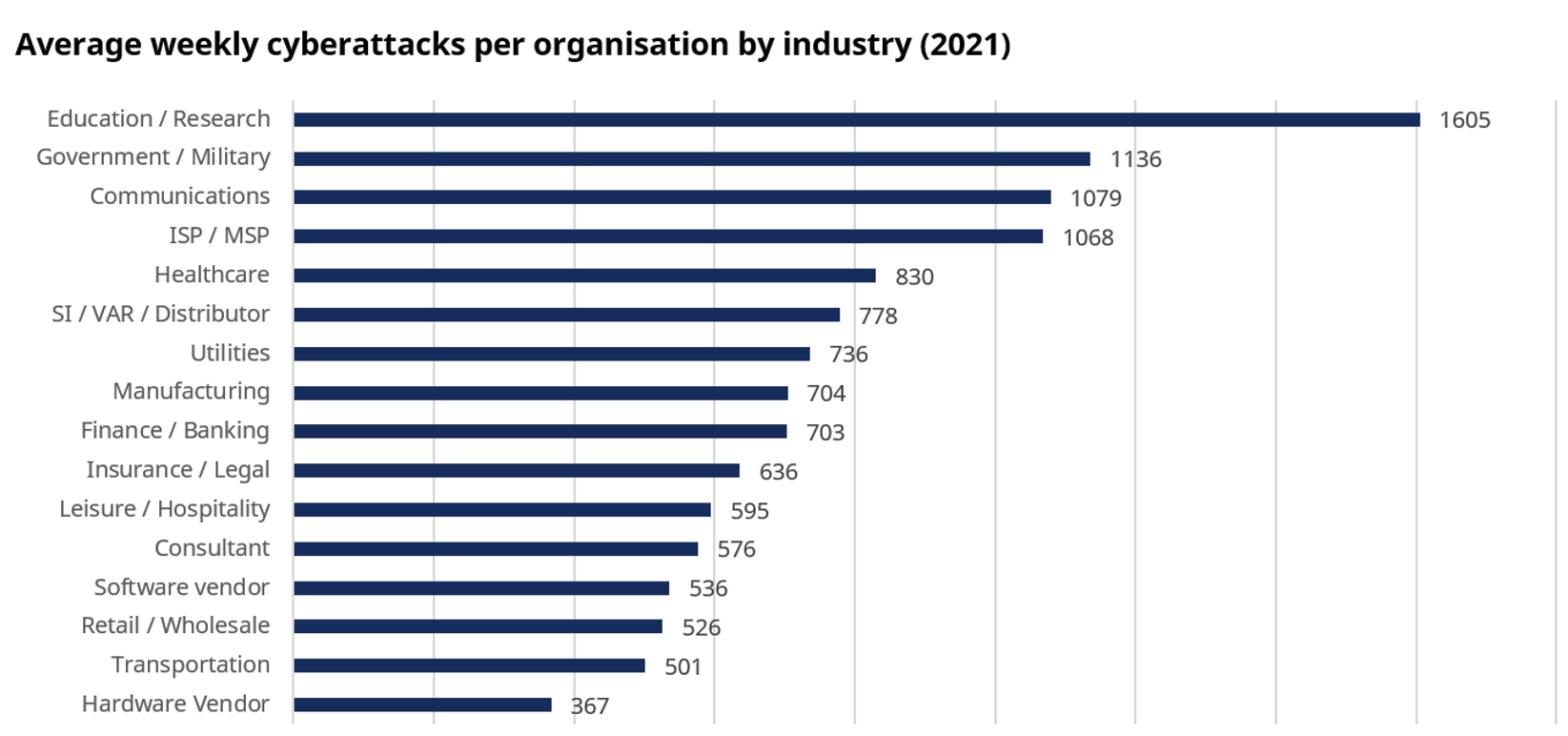You can't always get what you want
Keith Richards is probably a walking advertisement for the toll which plenty of hard living exacts. Evidence is mounting that decades of hard living for the global economy are giving way to some tougher choices. The short-lived borrow and spend policies of Liz Truss in the UK, the aggressive intervention of the Bank of Japan to support the collapsing yen, painful adjustments to property markets in China and a Federal Reserve seemingly prepared to tolerate housing and economic weakness to stem the inflationary tide seem harbingers of tougher times. Clean energy, universal healthcare for an ageing population, affordable housing; the list of wants from voters is long. Appetite to pay for it in higher taxes; not so much. Energy will not be the only area in which an unsustainable policy direction will necessitate significant change. Economics is about resource allocation and choices. The ‘wants’ have a cost and the assumption these costs can be debt funded in perpetuity looks to be reaching its use by date.
The US is currently an outlier in adopting a more strident approach to inflation control, and resultant US dollar strength is causing ripple effects around the world. Much of the world relished the extended period of coordinated negligence where almost universal adoption of free money as the antidote to subdued growth fostered unsustainable policies. Divergence in the rate at which countries leave hard living behind is creating understandable tension. Many are not quite ready for rehab. Weakening currencies will exacerbate inflationary pressures (albeit delayed), and further heighten the pressures to avoid higher inflation expectations becoming entrenched.
Currency movements versus USD

Source: Haver Analytics, IMF
Gimme shelter
The RBA remains firmly in the dovish camp. There seems little doubt the sensitivity of the economy to any waning in the Australian real estate love affair lies firmly at the centre of the RBA’s thinking. For all the nonsense written about housing price collapses to date, the true extent of the decimation is a partial retracement of the massive gains delivered during COVID-19. The charts below highlight why we remain cautious on stress testing, which invariably concludes the banking sector is unquestionably strong. The cost of vastly higher leverage, vastly higher prices and ridiculously low interest rates is massively increased sensitivity. Loss estimates in these stress tests are invariably the same or lower as levels experienced in times when leverage and sensitivity were materially lower. We do not profess any great expertise in determining loss levels in more challenging times, however, we expect they will not prove more benign than the expectations of detailed spreadsheets lacking in common sense.

Source: RBA Chart Pack
The banking sector has performed strongly in recent times, driven by the combination of two things; a central bank keen to provide the banking sector some shelter and buoyant net interest margins as major banks choose to exploit the inertia of depositors, rather than improve business efficiency. While shareholders invariably applaud profit gains which emerge from treating customers like patsies, there is almost always a long-term cost to the business franchise in this action. The extremes of borrowing capacity for individuals and governments have been tested everywhere in the name of economic growth. Acknowledgement that these transactions merely transfer wealth between participants in the economy and/or borrow from the future, driving no improvement in living standards, remains absent.
She’s a rainbow
The pot of gold at the end of the lithium rainbow just keeps on giving. Companies with current production including Pilbara Minerals (ASX: PLS), Mineral Resources (ASX: MIN) and Allkem (ASX: AKE) are now very large companies. These values are necessarily reflective of very high long-run price expectations given the small number of mines involved and limited capital employed relative to market capitalisation. Prospective producers such as Liontown Resources (ASX: LTR) and Core Lithium (ASX: CXO) are multi-billion-dollar companies well in advance of producing anything. The allure of everything battery related is obvious. ‘Volt Rush’, Henry Sanderson’s illuminating examination of some of the history and challenges in the race to go green provides much food for thought.
While metals such as lithium may be plentiful in simplistic terms, they are not plentiful in high concentrations.
Unlike iron ore, where 60% grade product lies fairly close to the surface in areas such as the Pilbara, the lithium projects of players such as Pilbara and Liontown are closer to 1% grades. Massive quantities of ore need to be moved and processed using large quantities of reagents to deliver the high purity end products. In combination with the significantly higher quantities of ‘green metals’ used in electric vehicle production, the resultant carbon footprint of electric vehicles is not quite as low as most Tesla buyers would hope. Estimates of the climate footprint of electric vehicles versus traditional vehicles (such as the one below from Volkswagen) indicate climate neutrality is only reached after more than 100,000km of driving.

Source: Volkswagen
While none of this detracts from the importance of pursuing the decarbonisation challenge, we believe policies which attempt to accelerate the take-up of electric vehicles and other solutions more quickly than the physical capability of mining and manufacturing can deliver, risk being significantly counter-productive. Lithium prices are reflective of a mismatch in the ability of supply to respond to demand. These stratospheric prices are vastly higher than needed to incentivise new supply and are therefore difficult to rationalise on any fundamental basis. Nevertheless, if governments insist on attempting to create additional (often artificial) demand assisted by subsidies to appease the voracious appetite for rapid climate action, there is an obvious possibility large amounts of global taxpayer money will be transferred to ‘green metal’ producers.
As is usually the case when large scale market intervention displaces free-markets, rational economics will not be overly useful in determining the outcome. The wager in purchasing lithium and many other battery material exposures at present is firmly in the hands of ongoing ill-considered government intervention.
Shattered
Hot on the heels of the cyber-attack which shattered the reputation of Optus, Medibank Private became the latest victim of this growing trend. Unfortunately, this is a growing industry as highlighted in the US data below. Without digressing too much into why the rules on data collection aren’t tightened and the amount of data which companies are both permitted and obligated to hold significantly reduced, it is clear cybercrime is likely to be an ongoing risk for all organisations. Determining which companies are at greatest risk on a forward-looking basis is tricky, albeit some industries appear more susceptible. Visibility on systems is poor and dollars of absolute investment in technology is not a good indicator. While we acknowledge the possibility for cybercrime to trigger significant customer reaction (market share shift), the pervasive nature of the risk and the uncertainty for customers in determining whether the risks for a competing provider are lower, means large shifts are likely to be the exception. We believe the scale of the share price reaction in the case of Medibank Private (ASX: MPL) is likely to be excessive. More broadly, we question whether many companies are accurately assessing the payoff for many technology investments. The cost savings, customer insights and supposed business efficiencies are nearly always highlighted by management in justifying spend. The increasing reliance of many companies on external providers, vulnerability to price gouging and increasing business complexity receive less attention.

Market outlook
Paint it black
While the prospects for Australia continue to look bright relative to many global peers, we remain relatively cautious on the limited extent to which equity market valuations have mirrored the reaction of bond markets to a changing environment. Consumer spending, house prices and employment remain exceptionally strong in any historical context, however, it seems likely we are in the eye of the storm in terms of the impact of interest rate increases. We are often critical of the role in which central banks and interest rates have played in creating the vulnerabilities which excessive leverage and low interest rates pose. However, this additional risk does support a degree of caution in using interest rates aggressively in the other direction. The brake pedal and accelerator need to be used judiciously in a car travelling way too fast.
And while the prospect of a fairly coordinated slowdown in the global economy (at least outside China) suggests caution on more cyclically exposed businesses, this is complicated by the highly elevated multiples most defensive business still command and the very limited reaction many have shown to significant changes in bond pricing.
Additionally, we are yet to see the impact of higher funding costs for the many businesses which took advantage of the love affair with stable cashflows to add plenty of financial leverage in a declining interest rate environment. Terming out debt may provide some immunity; however, it cannot perpetually postpone judgement day.
We are continuing to favour businesses with multiples which make sense in a higher interest rate environment (i.e. lower), relatively low levels of gearing and expectations which do not require years of uninterrupted high growth to justify current valuation levels. Hard living seems more likely to be behind us than in front. Recent years have seen investors become comfortable with valuations assuming a benign and accelerating path into the distant future to justify rich valuations. While this is in the process of reverting to sensible levels, our assessment of valuations, much as we’d prefer otherwise, sees significantly undervalued businesses as the exception rather than the rule. As Keith Richards and Mick Jagger noted, “You can’t always get what you want”.
Learn more
For further insights from the team at Schroders Australia please visit our website.

6 stocks mentioned
1 fund mentioned

